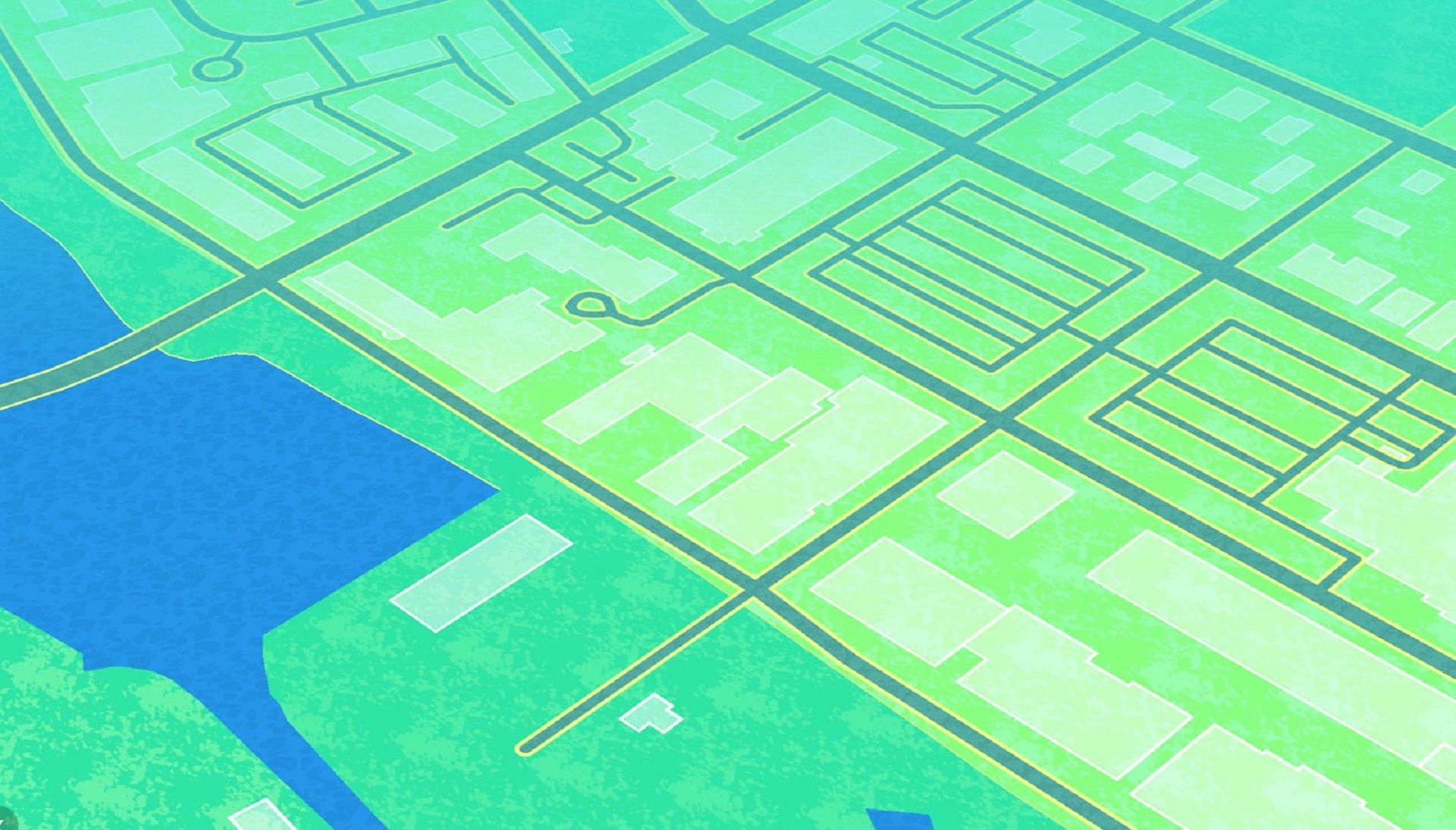


The ordered survey responses including frequency and likelihood are analyzed using random parameters ordered probit models to account for the unobserved heterogeneity across users and identify subpopulations of travelers who are more susceptible to the influence of Pokémon GO. An online survey is conducted to collect the self-reported behavior of a group of Pokémon GO users to explore its impacts on the following aspects of travel behavior: (1) the frequency of changing the route to interact with virtual objects (2) the likelihood of carpooling more instead of driving alone for more in-app collaboration and (3) the likelihood of shifting mode from drive alone to public transit, walking, and cycling if provided with additional incentives. Its gaming nature and social components can possibly enhance long-term user engagement through applying the characteristics of game elements and providing opportunities for competition, collaboration, companionship, and social reinforcement. Pokémon GO leverages AR to introduce virtual objects at fixed and dynamic locations that translate through the app interface to incentives in the real world that potentially influence users’ route and mode choices. This study aims to understand the impacts of Pokémon GO, a popular location-based augmented reality (AR) mobile gaming app, on route and mode choices.


 0 kommentar(er)
0 kommentar(er)
